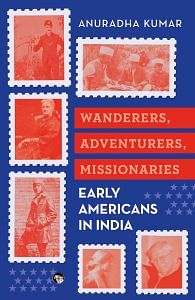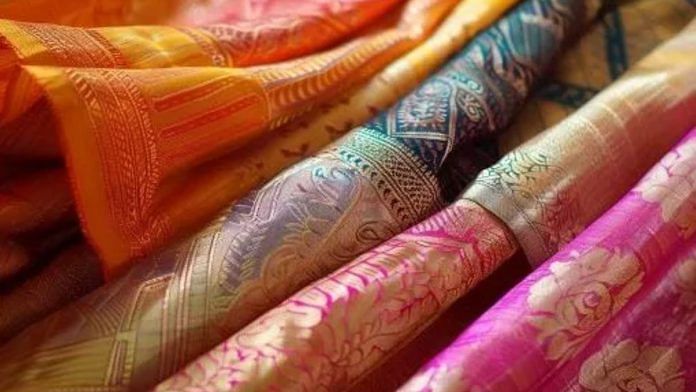Lockwood de Forest came to India via London in 1881, following his marriage to Meta Kemble. When de Forest married Meta Kemble, a granddaughter of Alfred V. du Pont, industrialist and scion of the chemical company that bears the family name, in November 1880, his visit to India, already in the works because of his interest in Indian decorative crafts and its potential as a business venture, became an official trip as well as an extended honeymoon. Meta Kemble shared his keen interest in travel and the arts.
Tiffany had complete trust in his business partner’s taste and judgment. Their partnership, as detailed by Roberta Mayer in her book, began on a strong, optimistic note. In their initial months in India, in the business interests of Associated Artists, and in the quest to build a unique inventory, Lockwood and Meta combed the bazaars, learned about different craft traditions and techniques, and made hundreds of transactions, all of which they recorded methodically.
Lockwood amassed his first collection of jewellery and sold it to the firm Tiffany & Company, owned by Louis Tiffany’s father. Lockwood filled two sketchbooks with landscape vistas and washes and drawings of decorative details that caught his eye. He collected architectural photographs and made many oil sketches, especially during his visits, the next year, to Kashmir and Nepal.
The trip was ostensibly for a few months only, but once the de Forests moved to other places especially in the north of India, they kept extending it. As things turned out, the de Forest’s tour of India came to last nearly two years. Lockwood and Meta, in a fervour of enchantment, threw themselves into the discovery of India and its arts, and during their long trip they gained much valuable knowledge and experience to develop their own style and venture.
The numerous extensions of their India stay which Louis Tiffany came to know of much later—inevitably due to the slow communication of the times—caused him considerable alarm. As Roberta Mayer writes in her book, the two men had their own business strategies. Tiffany had always been a reluctant correspondent, though Lockwood conscientiously kept him informed of his work and asked for his opinions. De Forest and Tiffany ended their formal partnership in 1883. Despite the dissolution of their firm, however, as they pursued their independent careers, the two often shared projects and clients.
Also read: Pakistani Hindu refugees are selling quilts to Indian designers. It’s craft over nostalgia
Lasting Impressions
The Indian sojourn left a lasting impression on the 31-year old Lockwood. His popularization in the US of the unique crafts tradition in India, especially of woodcarving and the fusion and adaptation of Indian decorative elements into his own designing style brought him considerable acclaim.
The de Forests initially stayed in Bombay’s Byculla Club, where as Roberta Mayer writes, he picked up a knack for killing roaches (with an accurately aimed slipper) and also registered his amazement at the numbers of crows in the city: a fact that left other visitors nonplussed and bewildered too.
The de Forests weren’t very impressed by the ‘Bombay Blackwood’ furniture then popular with the elite: Lockwood thought the designs ‘terrible’ and the finish ‘hideous’. The de Forests were however fascinated by the jewellery and fabrics favoured by the local women. Lockwood was also drawn to the artistic frontispieces he observed on several houses in Byculla.
In Bombay, acquiring crafts was quite an adventure and Meta and Lockwood enjoyed shocking the snobbish aristocracy who deigned to look down on local craftsmanship. As Lockwood wrote:
‘It was most amusing afterward to have every English woman we met ask: “Where did you find such beautiful stuff for your skirt? We have never seen it.” We laughed and told them, “In the native market, and you have seen hundreds of skirts of the same on the coolie women, but you have never noticed them.” An English woman would rather have died than wear anything made in India. You can imagine the effect when we told them. Having committed themselves to the beauty of the material it was difficult for them to crawl out of it with either grace or success. We had a fine chance to rub their ignorance in.”
 This excerpt from Anuradha Kumar’s ‘Wanderers, Adventurers, Missionaries: Early Americans in India’ has been published with the publisher Speaking Tiger’s permission.
This excerpt from Anuradha Kumar’s ‘Wanderers, Adventurers, Missionaries: Early Americans in India’ has been published with the publisher Speaking Tiger’s permission.






